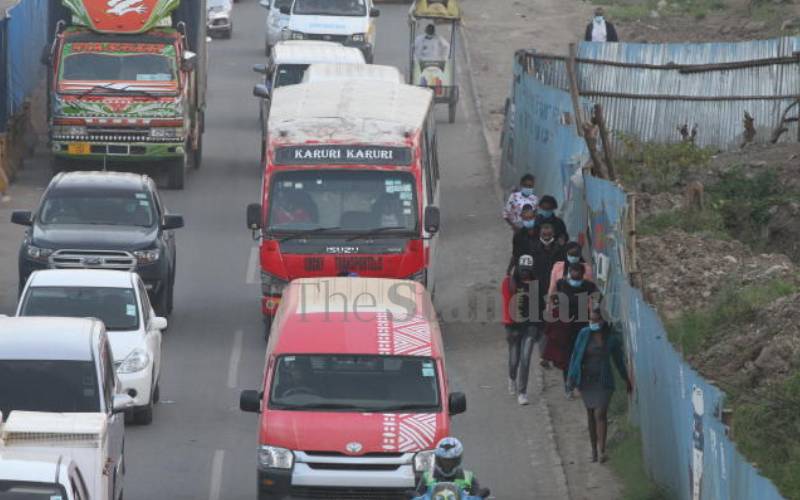×
The Standard e-Paper
Home To Bold Columnists

A middle-aged man was yesterday morning killed in a road accident near Panari Sky Centre Hotel on Mombasa Road.
Pedestrians, passengers and motorists passing near the body, which lay on the road, took photos and cursed Chinese contractor, China Road and Bridge Construction, for the nightmare and the deaths that have lately been occurring on the road as the construction of the Nairobi Expressway continues.